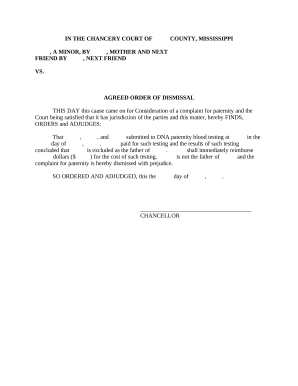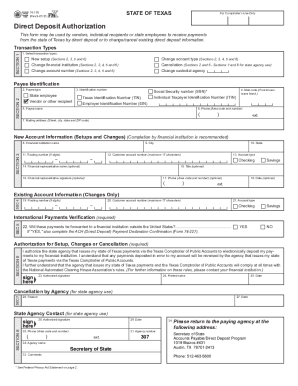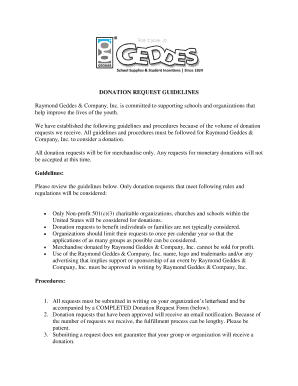Enhance your document management with DocHub's Direct Donation Forms catalog. Easily adjust, gather information, and safely save finished forms in your account.












Your workflows always benefit when you can obtain all the forms and files you will need on hand. DocHub supplies a wide array of form templates to relieve your daily pains. Get a hold of Direct Donation Forms category and easily discover your document.
Begin working with Direct Donation Forms in several clicks:
Enjoy fast and easy document management with DocHub. Check out our Direct Donation Forms collection and look for your form right now!